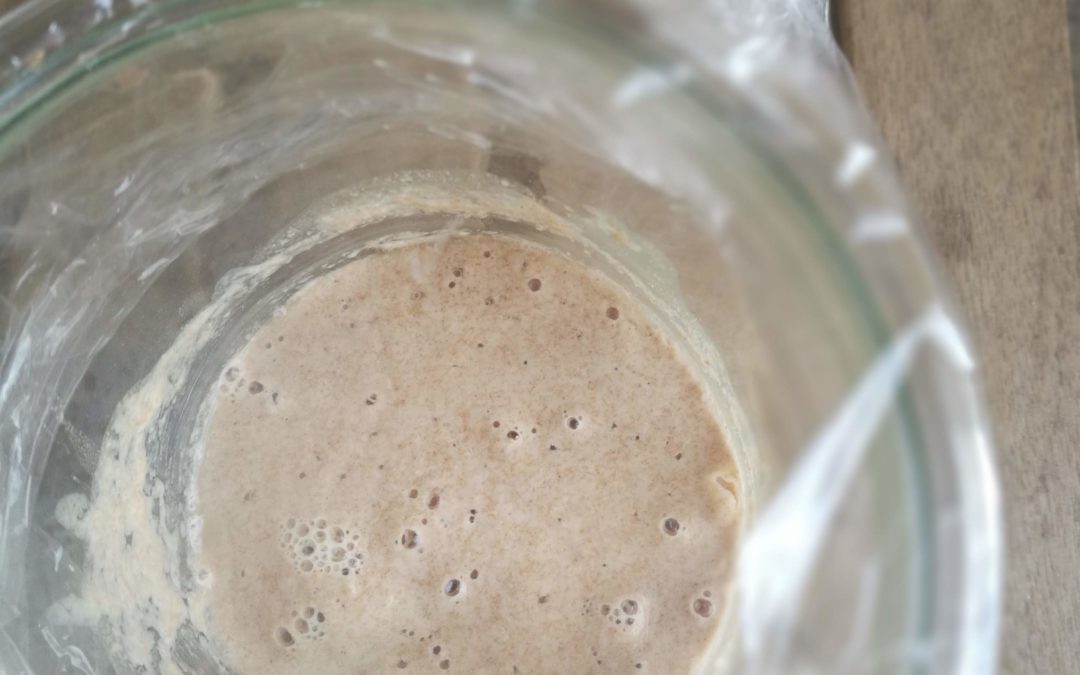- Biologists in the lab can culture microorganisms in liquid or solid form. We can do the same at home for our natural yeast by simply changing the water content of our culture.
General rule: a solid culture has a flour-to-water ratio of 1:0.47, while a liquid culture has a ratio of 1:1.
So, which type of culture should you choose? Let’s go over a few practical advantages and disadvantages of the two kinds of culture.
Solid culture
A solid culture of natural yeast is characterized by a higher presence of acetic acid that confers sourer and stronger flavors to your baking products. The rise is also more homogeneous and recommended for heavier products, like panettone, easter colomba, brioche, or anything that includes eggs and butter. Managing a solid culture requires a bit more elbow grease, as you need to knead it at every feeding, and it also requires feeding more frequently. Most Italians know natural yeast in this form and they call it “lievito madre” (mother yeast).
Liquid culture
It generally contains more lactic acid, which provides a more neutral flavor to your baking products. The rise is more explosive, particularly suited for pizza and focaccia. It can be fed at longer intervals and it is easier to feed. In fact, all you need to feed your yeast when in this form is water, flour and a fork to stir them directly in the jar. Liquid culture is much closer in consistency to what Americans know as sourdough starter.
Overall, the two types of culture are quite similar and you should choose one or the other based on your own baking goals and practical needs at home. Whatever you choose, remember that it is not a set-in-stone decision. A liquid culture can be transformed into a solid one and viceversa within a couple of days.

